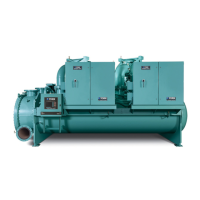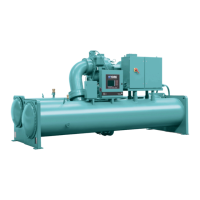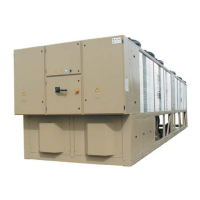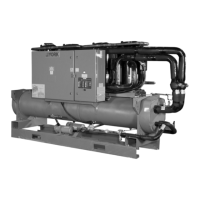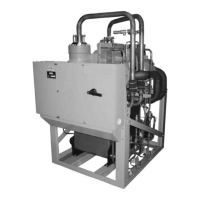Operation
Dehydration of a refrigerant system can be obtained by this method because the water present
in the system reacts much as a refrigerant would. By pulling down the pressure in the system
to a point where its saturation temperature is considerably below that of room temperature,
heat will flow from the room through the walls of the system and vaporize the water, allowing
a large percentage of it to be removed by the vacuum pump. The length of time necessary for
the dehydration of a system is dependent on the size or volume of the system, the capacity and
efficiency of the vacuum pump, the room temperature and the quantity of water present in the
system. By the use of the vacuum indicator as suggested, the test tube will be evacuated to the
same pressure as the system, and the distilled water will be maintained at the same saturation
temperature as any free water in the system, and this temperature can be observed on the
thermometer.
If the system has been pressure tested and found to be tight prior to evacuation, then the
saturation temperature recordings should follow a curve similar to the typical saturation curve
shown as in Figure 56.
The temperature of the water in the test tube will drop as the pressure decreases, until the boiling
point is reached, at which point the temperature will level off and remain at this level until all of
the water in the shell is vaporized. When this final vaporization has taken place the pressure and
temperature will continue to drop until eventually a temperature of 35°F (1.6°C) or a pressure of 5
mm Hg. is reached.
Figure 56: Saturation curve
When this point is reached, practically all of the air has been evacuated from the system, but
there is still a small amount of moisture left. In order to provide a medium for carrying this
residual moisture to the vacuum pump, nitrogen should be introduced into the system to bring
it to atmospheric pressure and the indicator temperature will return to approximately ambient
temperature. Close off the system again, and start the second evacuation.
The relatively small amount of moisture left will be carried out through the vacuum pump and
the temperature or pressure shown by the indicator should drop uniformly until it reaches a
temperature of 35°F (1.6°C) or a pressure of 5 mm Hg.
When the vacuum indicator registers this temperature or pressure, it is a positive sign that the
system is evacuated and dehydrated to the recommended limit. If this level cannot be reached, it
is evident that there is a leak somewhere in the system. Any leaks must be corrected before the
indicator can be pulled down to 35°F (1.6°C) or 5 mm Hg. in the primary evacuation.
YMC
2
Mod B with OptiView
™
Control Center
162
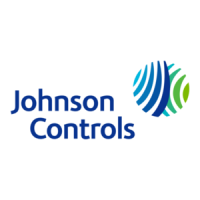
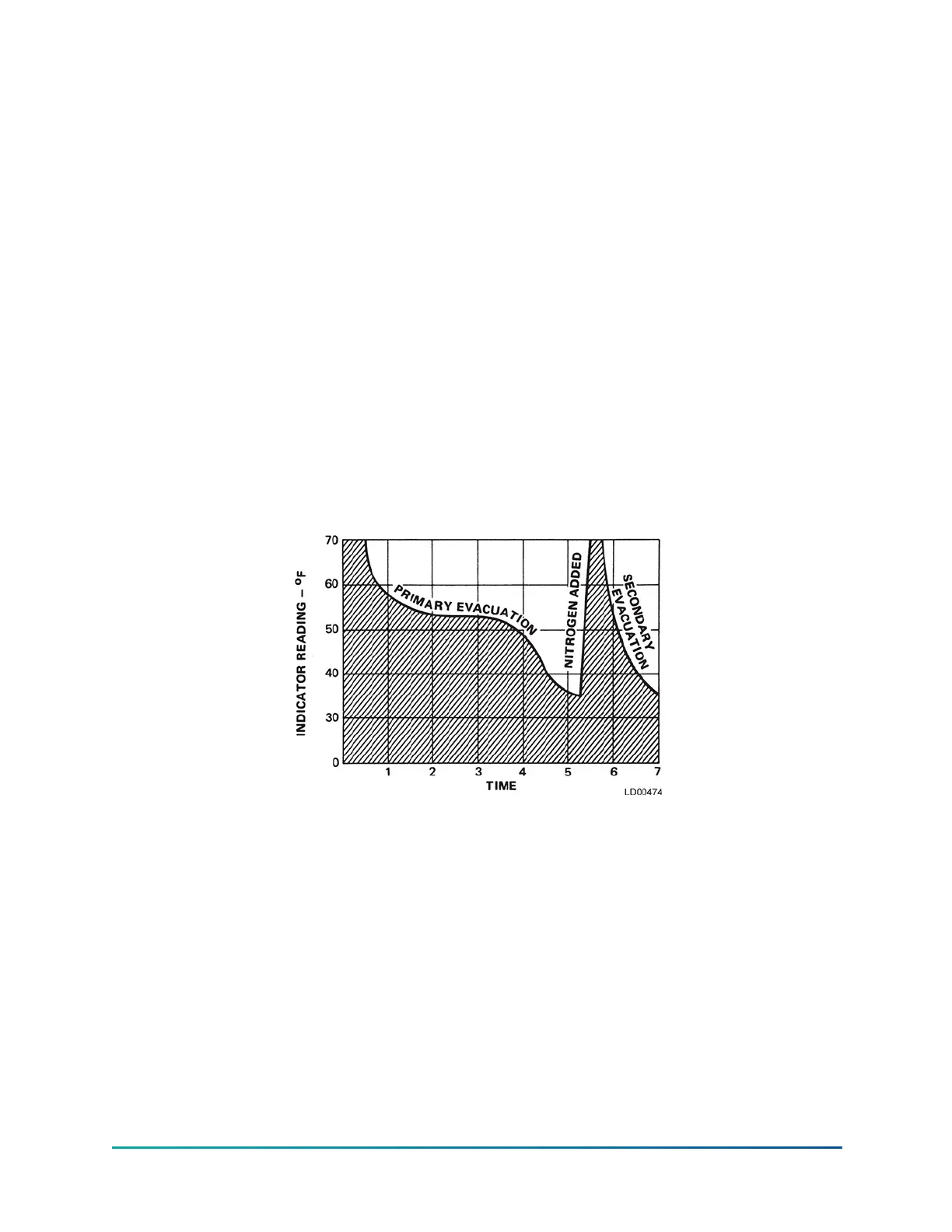